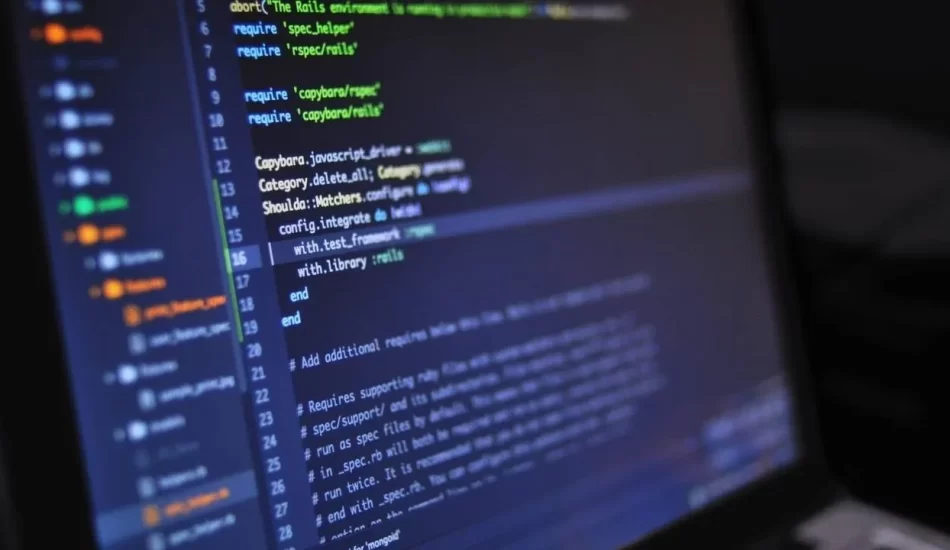What Happened the iCERT Portal?

January of 2019 started with great hope but also with some unwelcomed confusion in the immigration world: Employers are left wondering how they should prepare the petitions for their H-1B employees for this fiscal year, individuals had to find out whether the government shutdown will affect their immigration applications, and most immigration courts are closed adding delays to their already full and overburdened calendar.
Although many US companies were relieved to learn that the U.S. Department of Labor will remain operational through the shutdown, this was not exactly the case for iCERT portal. iCERT portal a crucial labor certification registry website for processing important aspects of all H-1B, H-2A, H-2B, and E-3 visas and PERM foreign labor certification for certain employment-based immigrant visa petitions. This website is used not only for filing labor condition application for H-1B or E-3 visa, but for obtaining a prevailing wage determination, a crucial step for all labor certifications for PERM and H-2B visas.
Starting from early in the morning of January 1, iCERT portal crashed and remained entirely unavailable for a full 7 days, until it was finally restored on January 7. This major disruption, it turns out, was caused by a sudden influx of tens of thousands of temporary labor certification filed by H-2B employers for the summer season of 2019. H-2B visas allow non-agricultural workers to come to the US to fill an important temporary need such as seasonal or peak demand at hotels, resorts, restaurants, construction, and landscaping. The visa is limited to only 66,000 per year with half of it allocated to the summer months starting from April 1 until September 30 and the other half for the winter months from October 1 to March 31 each year. Due to its popularity, it has become increasingly competitive and difficult for a US employer to secure a labor certification in time, a necessary step before even applying for this visa with the immigration, before the numerical quota maxes out. If a U.S. employer wants to hire H-2B foreign workers for their summer season, it must file a temporary labor certification in advance through iCERT Portal but this can only be filed on or after January 1 of that year. The DOL processes each labor certification on a first-come-first-served basis starting from midnight on January 1 (12:00 am EST). The system records the time of acceptance by the millisecond, and the applications get processed in the order of receipt. As soon as the clock starts at midnight on January 1, everyone rushes to get their H-2B labor certification filed just a millisecond faster than others to get a chance to meet the H-2B quota. The competition can be very intense, to say the least. With so many applicants waiting in line, being late by a second could mean that you lose all your chances to bring your much needed seasonal or peak demand workers for the entire summer months.
This is exactly what happened on January 1 of this year, and a mere 5 minutes after midnight (EST), applications representing close to 100,000 workers were filed at the same time overloading the iCERT server and eventually causing its crash. This number is close to 3 times more than the 33,000 H-2B visa numbers available for April 1, 2019. Unless the President authorizes another temporary increase of H-2B visa numbers for this year as he did in 2018, the majority of the applications that went through this gauntlet would still go to waste, despite all the efforts the employer makes to diligently follow all the rules and filing everything as early as possible.
This unprecedented demand for H-2B visa represents at least a 20% increase in application compared to last year. In 2018, the Employment and Training Administration (ETA) of the DOL announced that they received labor certification requests for approximately 80,000 workers on January 1 alone. This is already a sharp increase from 2017, with 26,673 applications received on the first day. Putting aside the tremendous inconvenience caused by this week-long iCERT system disruption, this incident clearly shows the need of an increased H-2B visa numbers to meet the demand of the market or to find a better system of filing the required labor certification. Hopefully, the DOL will also be better prepared next year to deal with the bottleneck issue of H-2B applications on January 1 with properly conducted stress tests.
